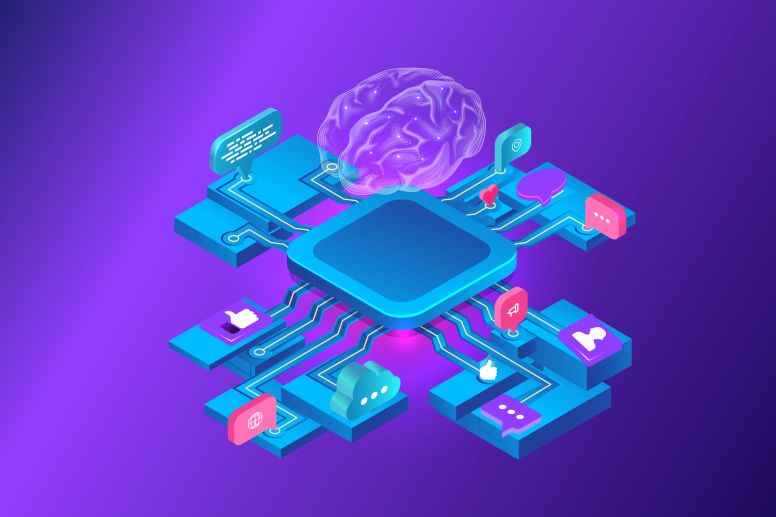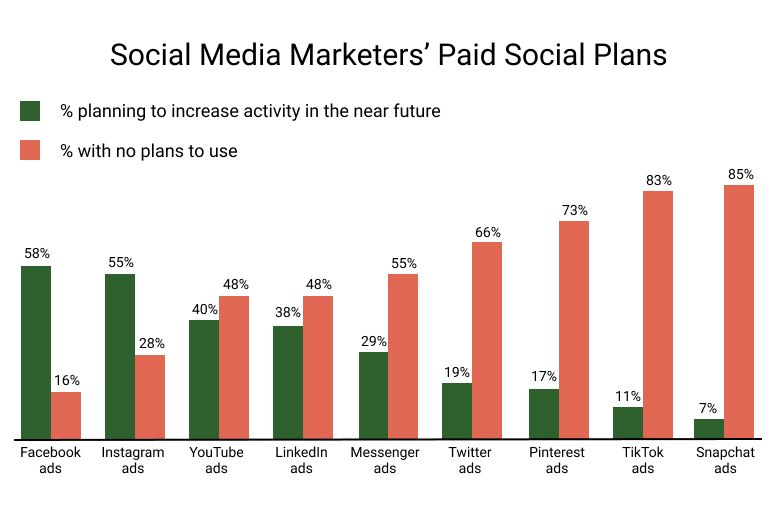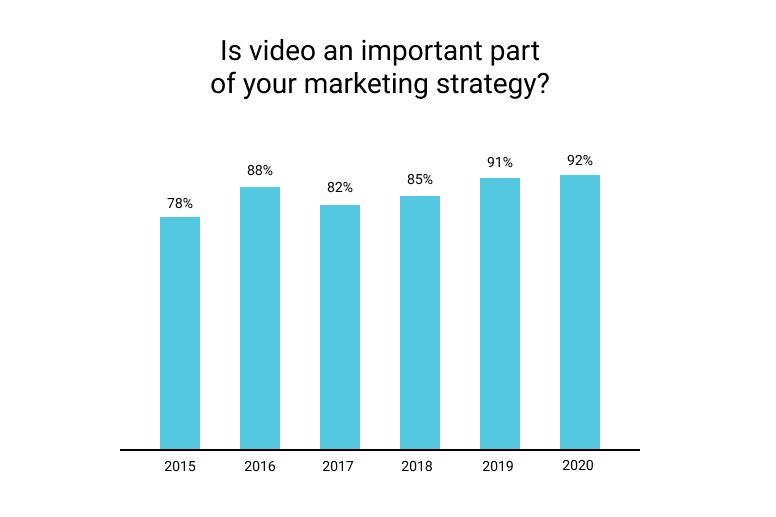Neuroscience in Marketing: Practical Tips


Our thoughts, feelings and actions are simply the results of neural activity in the brain. Marketers widely use insights from neurobiology to guess consumers' desires.
Thanks to neurobiology, it is possible to predict consumers behaviour and even manipulate their decisions. Neuromarketing used to be considered an unconventional approach, but in recent years results of neurobiological researches have become much more popular among marketers. For example, they show that users rely on intuition when it comes to making risky decisions (such as buying from an unreliable online store) and that advertising banners on social networks attract more attention than those on blogs.

Neuromarketing techniques that worth trying out
Loss aversion
For human beings, the pain of loss is stronger than the pleasure of acquisition. Think back to Black Friday: consumers are not only passionate about making a purchase because of big discounts on a product, but the idea that they will miss out on a good deal plays an important role. Amazon uses the same neuromarketing method when it lists products that will soon run out of stock.
Decision paralysis
Consumers have a hard time making purchasing decisions. Paralysis theory explains it this way: when we have a large assortment of products in front of us, the brain actively analyzes them and eventually freezes into inaction for fear of making the wrong choice.
Usually, consumers are provided with a long list of goods, and so they get lost in front of the assortment. If you divide the list into groups that are easier to perceive, the result will surprise you.
A scientific approach to marketing
Let’s turn to statistics. Creative agency Fabrik cites the following data:
- 90% of consumers' purchasing decisions are made subconsciously;
- human brain processes visuals 60,000 times faster than text;
- marketers spend up to 70% of their time attracting the attention of customers.
There are researches proving that advertising with people is more effective than advertising without them. Consider the packaging of Lay’s potato chips or Kinder Chocolate milk chocolate. On the former, you can see celebrities, on the latter — smiling children.

We suggest 4 ways to use neuroscience in digital marketing:

How to use neurobiology while creating content
You’ll engage with your customers on a deeper level if you take into account the psychological characteristics of your customers when developing your content marketing strategy.

Summary
You might be interested in:
Technology generates trends: NFT, metaverses, user-generated content. What else awaits us next year?
Read moreCreate a website, a chatbot or a mobile app without programming skills. Do you think it's impossible? Well, you need to learn more about low-code and no-code.
Read moreHere are a few examples of how a good marketing automation strategy can be applied to the education sector.
Read more



